South London Memories: The London Eye celebrate it’s 20th anniversary in March
The London Eye was only conceived a few years before it went up, as an entry to a competition in 1993 organised by The Sunday Times for a landmark to celebrate the millennium.
Husband and wife architects David Marks and Julia Barfield submitted their idea for a giant cantilevered observation wheel on the south bank of the River Thames, towering over London’s skyline. It was originally designed to be 500ft-high with 60 pods holding 16 people each.
David Marks, who died in 2017 aged 64, told The Guardian in 2015: “We didn’t think a tower was right for London. How could you compete with the Eiffel Tower? We didn’t even go there. Then one morning it hit me – a wheel is how to get people up high easily, efficiently and effortlessly.
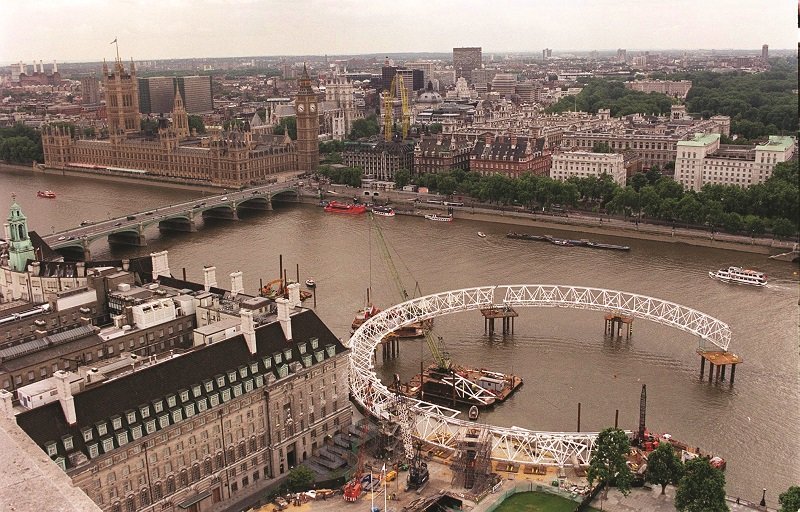
I thought it could go in Hyde Park, where the Great Exhibition took place. But my wife and fellow architect Julia said no – the obvious spot was the South Bank, where the Festival of Britain was. We had our idea and our location.”
No winner was announced for the competition. But the couple pushed on. They had to get permission from County Hall, the Southbank Centre, the Arts Council, the Port Authority, every organisation in London to do with the river and the environment, plus all 32 boroughs and the City of London.
The wheel was constructed in sections, floated up the Thames on barges and assembled lying flat on piled platforms in the river.
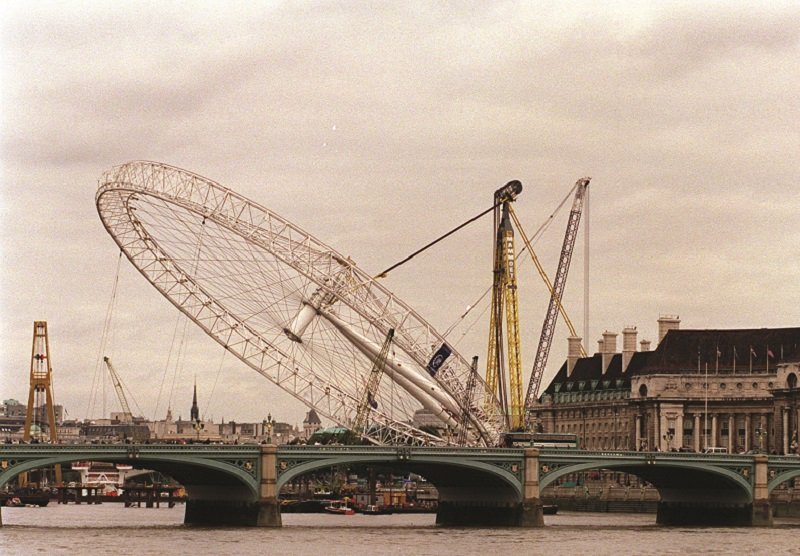
It became the largest object that had ever been lifted from the horizontal to the vertical on October 13, 1999. But a cable came loose at the official opening. Virgin owner Richard Branson flew a balloon overhead that said “BA can’t get it up.”
On New Year’s Eve, the London Eye made its first full rotation. Prime Minister Tony Blair set the wheel in motion, as millions lined the banks of the Thames to watch.
It did not open to the paying public until March 9, 2000 because of a capsule clutch problem.
The first passengers were competition winners and journalists.
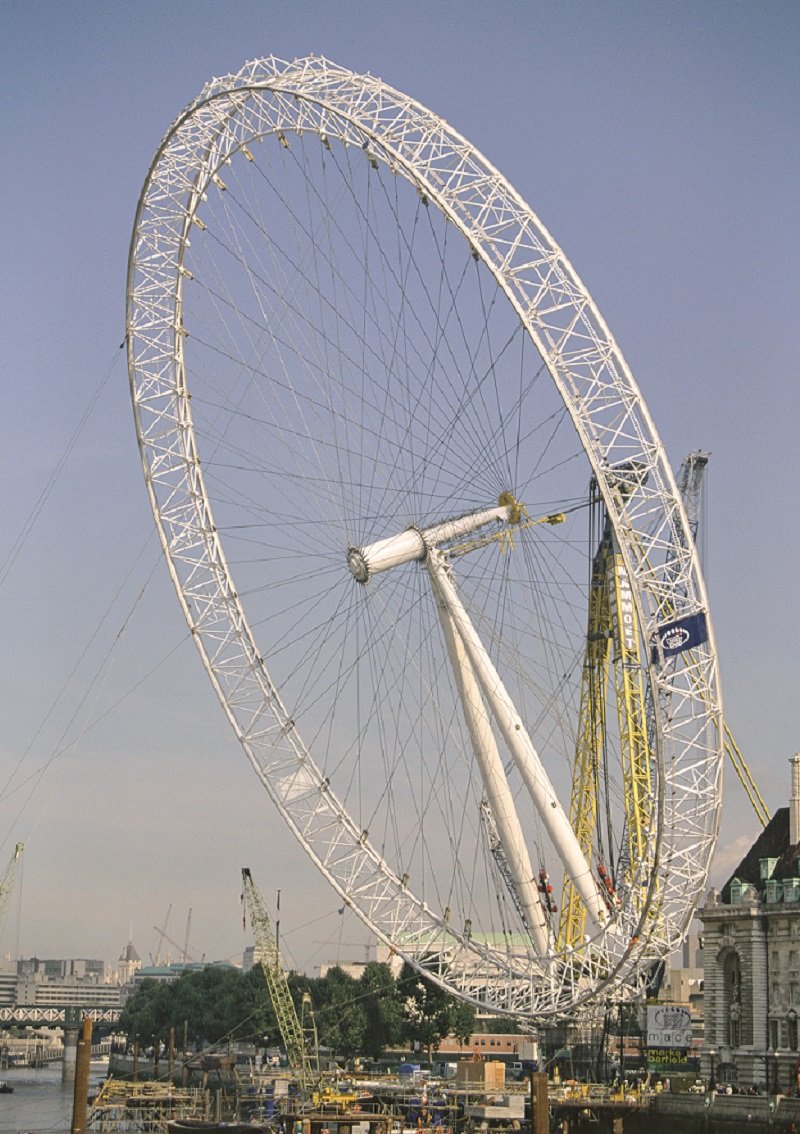
In December 2001, the operators applied to Lambeth council for permanent planning permission, which was granted in July 2002.
By 2005, the London Eye had reached the end of its five-year lease – and was due to be dismantled. But it had become the UK’s most popular paid attraction.
The original owners were its creators Marks Barfield, The Tussauds Group, and British Airways.
Tussauds bought out British Airways in 2005 and then Marks Barfield in 2006 to become sole owner.
The amount the Eye then owed British Airways stood at more than £150million and the debt was being charged an interest rate of 25 per cent a year.
The Southbank Centre, which had been given the Eye’s Jubilee Gardens home for £1 in 1986, suggested in 2005 the rent should rise from £65,000 to £2.5million a year.
A 25-year lease was agreed on February 8, 2006 after a judicial review over the dispute.
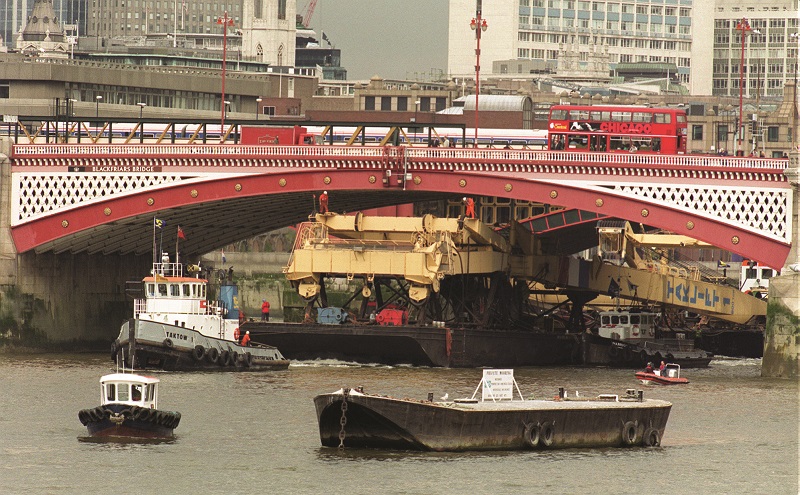
Each pod was taken down in 2009, floated down river to Tilbury Docks in Essex, and put on the back of a truck to Worcester to be fitted with new heating, ventilation and entertainment circuits.
New owners Merlin, who own Tussaud’s, added a 4D cinema and shelter for waiting visitors in 2009, ready for the London Olympics in 2012.
At the games, Amelia Hempleman-Adams, the youngest person to ski to the North Pole, climbed out of a pod and stood on top, holding the Olympic torch.
Great Britain won 65 medals during the games – the Eye lit up in gold 29 times, in silver 17 times, and in bronze 19 times.
To mark the end of British Summer Time in 2019, the Eye rotated backwards for the first time.
It was accompanied by a light show which made the Eye look like a giant clock.
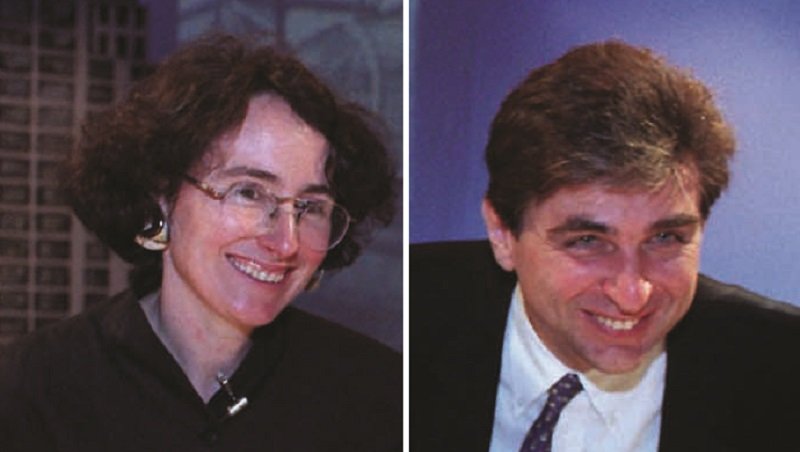
‘Trip is as important as the views’
- The London Eye cost £85million to build.
- Today, it welcomes 3.75 million passengers a year – enough to fill 41 Wembley Stadiums.
- The Eye had its 50 millionth visitor in 2013. It has now had more than 76 million visitors.
- It has witnessed more than 5,000 marriage proposals and in excess of 500 weddings have also happened there.
- The structure is 135 metres (443 ft) tall and the wheel has a diameter of 120 metres (394 ft). The whole wheel weighs 600 tonnes and each pod 10 – the weight of one million pound coins.
- The circumference of the wheel is 1,392 feet, so if it weren’t a wheel, it would be taller than the Shard.
- The wheel rotates at 26 cm (10 ins) per second (about 0.9 km/h or 0.6 mph) so that one revolution takes about 30 minutes.
- When it opened to the public in 2000 it was the world’s tallest ferris wheel.
- The pods were numbered from one to 33, skipping 13 with superstitious passengers in mind.
- It was the highest public viewing point in London until it was superseded by the 245-metre-high (804 ft) observation deck on the 72nd floor of The Shard, which opened to the public on 1 February 2013.
- Once the wheel was complete it was lifted into an upright position at two degrees per hour until it reached 65 degrees, then left in that position for a week while engineers prepared for the second phase of the lift.
- Components came from six countries:
steel and the electric components from the UK, assembled in The Netherlands by the Dutch company Hollandia; cables came from Italy;, bearings came from Germany (FAG/Schaeffler Group). The spindle and hub were cast in the Czech Republic; capsules were made by Poma in France (and the glass for these came from Italy), - Kate Moss is the British celebrity who has been on the most times, with 25 spins. But Jessica Alba has been on 31 times.
- Marks Barfield also designed the Omnibus Theatre in Clapham and the pedestrian area opposite, around the Rose & Crown pub; the White Horse Bridge at Wembley; the Waterloo Millennium Pier, Abbey Wood Interchange, Michael Tippett School in Loughborough Junction, Greenwich Gateway Pavilions.
- Julia said: “The best thing about the Eye is the journey. It’s not like the Eiffel tower, where you get in a dark lift and come out on to a platform at the top. The trip round is as important as the view.”
- David Marks said 15 months before he died: “Architects don’t stop, they just go on building things until they run out of breath. Julia and I never get sick of each other.
“We’ve been married for 35 years and I can’t put into words how much I love her – it’s a mystery.
“And you know, it’s okay for it to remain a mystery.
Some things are just like that.”
Everyone at the South London Press thanks you for your continued support.
Former Housing Secretary Robert Jenrick has encouraged everyone in the country who can afford to do so to buy a newspaper, and told the Downing Street press briefing:
“A FREE COUNTRY NEEDS A FREE PRESS, AND THE NEWSPAPERS OF OUR COUNTRY ARE UNDER SIGNIFICANT FINANCIAL PRESSURE”
If you can afford to do so, we would be so grateful if you can make a donation which will allow us to continue to bring stories to you, both in print and online. Or please make cheques payable to “MSI Media Limited” and send by post to South London Press, Unit 112, 160 Bromley Road, Catford, London SE6 2NZ







